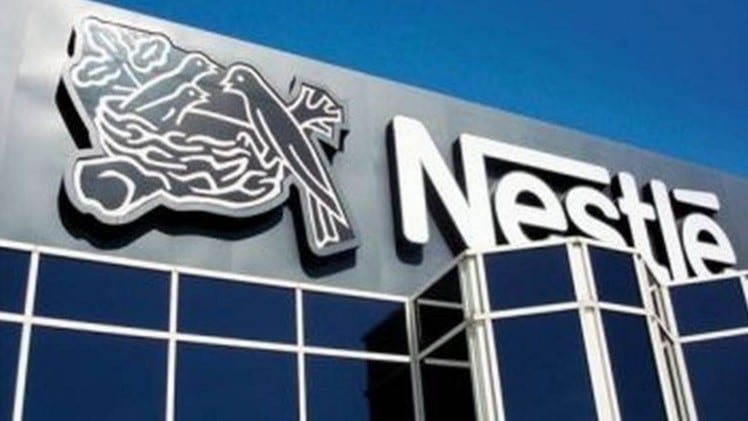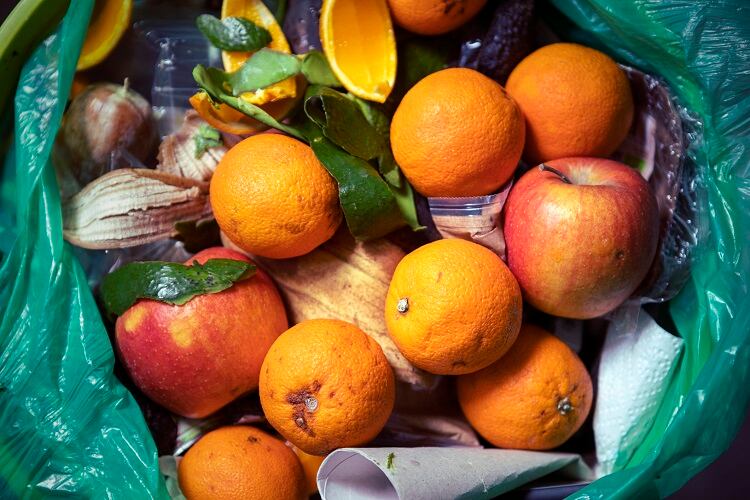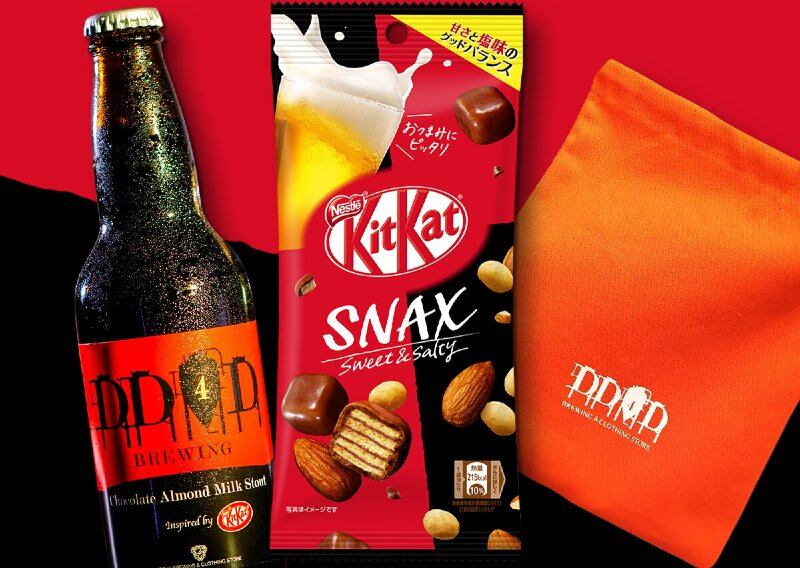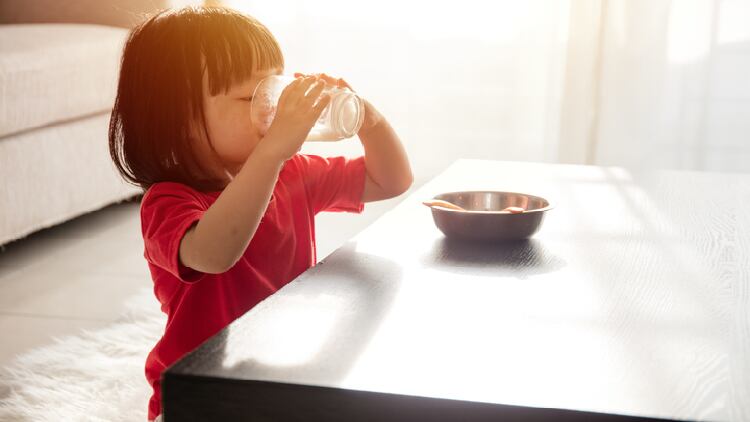An example here was the firm’s recent launch of new recyclable paper packaging for its Maggi bouillon cubes in France earlier this month - but not in any Asian markets, even though ASEAN countries such as Indonesia, Philippines and Malaysia are traditionally key markets for this product.
This raised several eyebrows, but the company’s CTO explained that the climate in these South East Asian countries has made it impossible to simply just replicate the packaging being used in France over in these places, and further research is currently underway to increase suitability.
“France has by comparison a much milder climate and it’s much less humid so the packaging we’ve currently developed for the Maggi bouillon works there - it’s much more challenging to bring such solutions to tropical markets such as Indonesia,” Nestle CTO Stefan Palzer said in response to a query from FoodNavigator-Asia at the recent Nestle Packaging Media Event held virtually from the company’s headquarters in Vevey, Switzerland.
“We have to have better barrier properties and also work on the reusable secondary (exterior) packaging aspects – [some of the key purposes of] food packaging, plastic or otherwise, is to protect the food product along its journey to the consumer as well as to ensure food safety and quality, [and] some types of packaging may [achieve this in] certain geographies but not others.”
The barrier properties mentioned by Palzer referred to the packaging material’s ability to handle water vapour transmission, oxygen transmission and fat migration to prevent ‘product defects’ e.g. soup stock powder that would stick and clump together as a result of exposure to humidity.
“We are trying various ways to improve these, such as also piloting another solution where the product will be kept in certain containers throughout the supply chain until it is sold [to minimize exposure],” Palzer added.
“This could be a solution to bringing this to other markets such as South East Asia, as these are the classical markets where these products are really enjoying a lot of consumer demand.”
Although it appears that a comprehensive recyclable packaging solution is still some time away for Nestle products in South East Asia, baby steps do appear to be in place for some related recyclable items – for example, Nestle has shifted to use paper straws for some RTD packaged beverages in Indonesia (Nescafe), Malaysia (Milo UHT 125ml) and Philippines (Bear Brand, Nescafe, Milo).
Asia investments
The firm also announced a US$30mn investment in the United States to kickstart a shift from virgin plastics use to food-grade recycled plastics, the first under its newly-established CHF2bn (US$2.18bn) Nestle Packaging Venture Fund – and is looking to make similar investments in Asia.
“We absolutely have the intention to also make similar investments in Asian countries – it’s just that we have not found the right candidate to work with us there yet,” Nestle Global Head of Sustainable Packaging Véronique Cremades-Mathis told us.
“We’ve screened dozens of companies in Asia, but what we want to make sure is wherever we invest, we have effective capability on the ground to collect, to sort and to really create that cycle of waste management we are talking about.
“That said, we are definitely committed to help our colleagues in Asia to look at such projects. For example, joining the Packaging Recycling Organization Vietnam (PRO Vietnam) and working on waste collection and sorting in Malaysia – it’s already happening everywhere, and the fund is just there for more support, but is not the sole support for these countries.”
Recycling focus
As it is, it appears that Nestle has opted focused more of its sustainability efforts on strengthening the local recycling capabilities for countries in Asia whilst it formulates solutions to the sustainable packaging material development issues.
Amongst this was Project STOP in Indonesia, a waste management system in the Pasuruan region which is expected to culminate in the establishment of two Material Recovery Facilities (MRFs) which will be operational by November 2020.
“Seven hectares of land have been set aside for these MRFs, and with these we will be able to undertake waste collection from 36 villages, most of which have never had access to any waste collection services before,” said Nestle Indonesia President Director Dharnesh Gordhon.
“Non-organic waste will be sorted and transported to be recycled, whereas organic waste will be processed into compost for agricultural use.”
Meanwhile in neighbouring Philippines, where Nestle has bore the brunt of NGO criticism when it comes to plastic waste, CEO Kais Marzouki announced that the firm achieved ‘plastic neutrality’ for the month of August 2020 by recovering 2,400 MT worth of plastic waste, and would be working on doing so every month moving forward.
“As an urgent initiative, Nestlé Philippines has succeeded in collecting and diverting from landfills and oceans the amount of plastic equivalent to what we generated from our packaging last August, thus making us plastic neutral” he said.
“Nestlé Philippines is the first multinational fast-moving consumer goods (FMCG) company in the country to attain plastic neutrality, as of August, and we commit to do so every month.”
The Nestle Institute of Packaging Sciences’ work to move packaging from traditionally-used complex laminates (multiple layers including PET glued with other materials such as aluminum, and is non-recyclable) to recyclable paper solutions (cellulose paper and a thin outer coating carrying the barrier property functions required) was also highlighted during the event.





